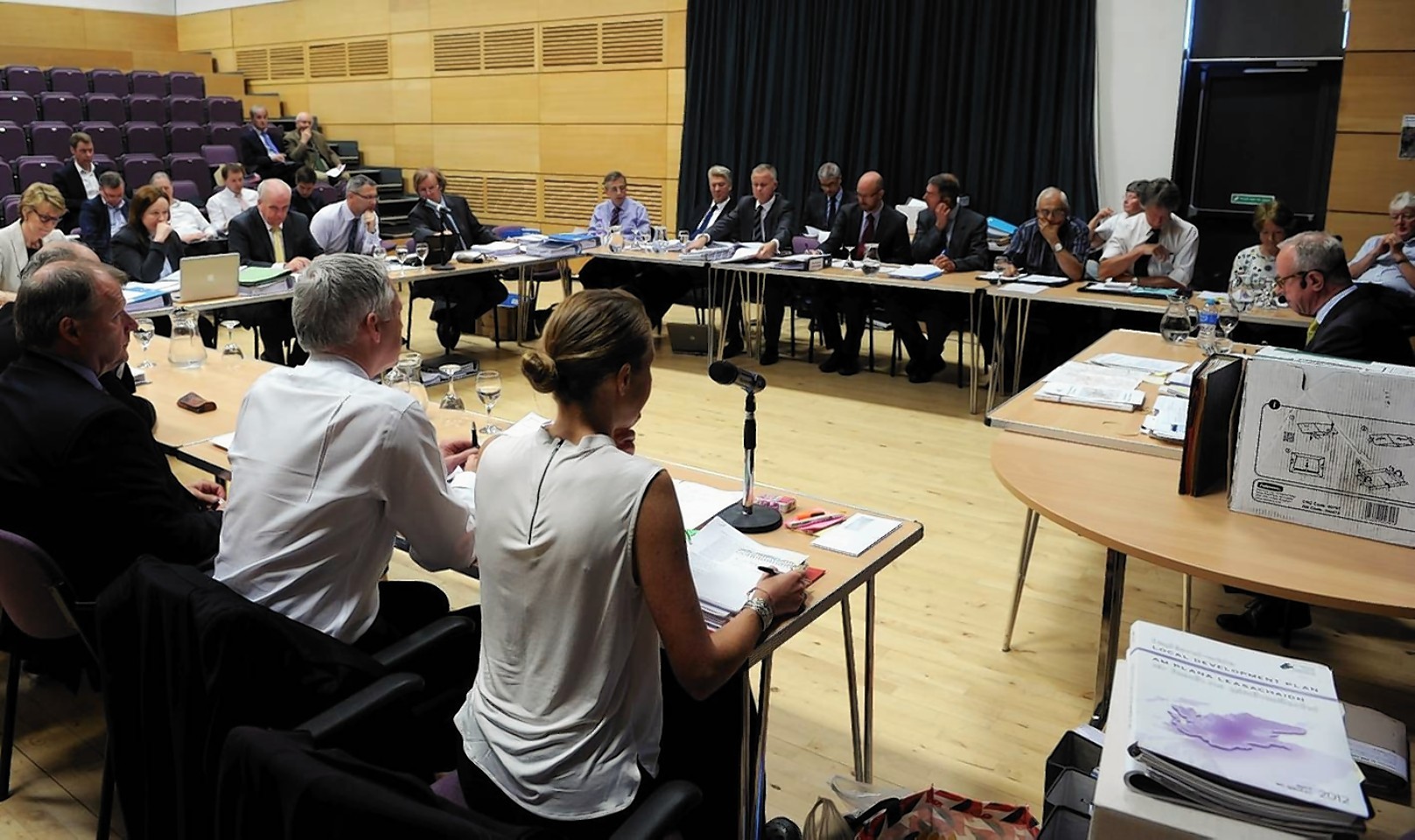Objectors to a 319 house development south of Nairn have claimed that developers have “misrepresented” the impact the plans could have on local roads.
Dr Joan Noble of the Nairn Residents Concern Group told a planning hearing in the town that figures produced by a consortium of house builders are “simply wrong” during the heated inquiry.
The consortium, which includes Scotia Homes, Barratt North East Scotland and Robertson Homes, are appealing against a Highland Council decision to reject their plans.
Concerns were raised about the possible effect on local roads in Nairn, including the junction between Cawdor Road and Balblair Road, as well as the A96 trunk road through the town.
The planning hearing, which is being held in front of Scottish Government reporter Iain Urquhart, has been set up to examine the transport concerns.
Chartered engineer Chris Bell, who is representing the consortium at the hearing, said that the development would have a “minor impact” on roads, due to the majority of people in the town working within Nairn itself.
Mr Bell said that figures produced in 2010 for the original planning application showed that 57% of people who stayed in the town were employed there, and that the new development, dubbed Nairn South, would have little impact on this figure.
He also added that the critical Cawdor Road/Balblair Road Junction would be able to cope with any increase in traffic.
However, Dr Noble said: “The data has simply not been produced in an appropriate manner.
“To suggest that 57% of people who live in Nairn, work there, is simply wrong because they have used everybody who lives in the town, including children.
“If you apply the same model but only use people of working age then the figure is less than 40% so there will be a lot more cars on the roads.
“If you ask anybody who knows Nairn then they will tell you there is not enough jobs for nearly 60% of the people who live in Nairn to work in Nairn.”
Mr Bell said: “Even if Dr Noble is correct then it makes little difference.
“Our figures shows that there is sufficient capacity at the critical junctions and that is the most important issue.”
The hearing will continue with a site visit tomorrow.
